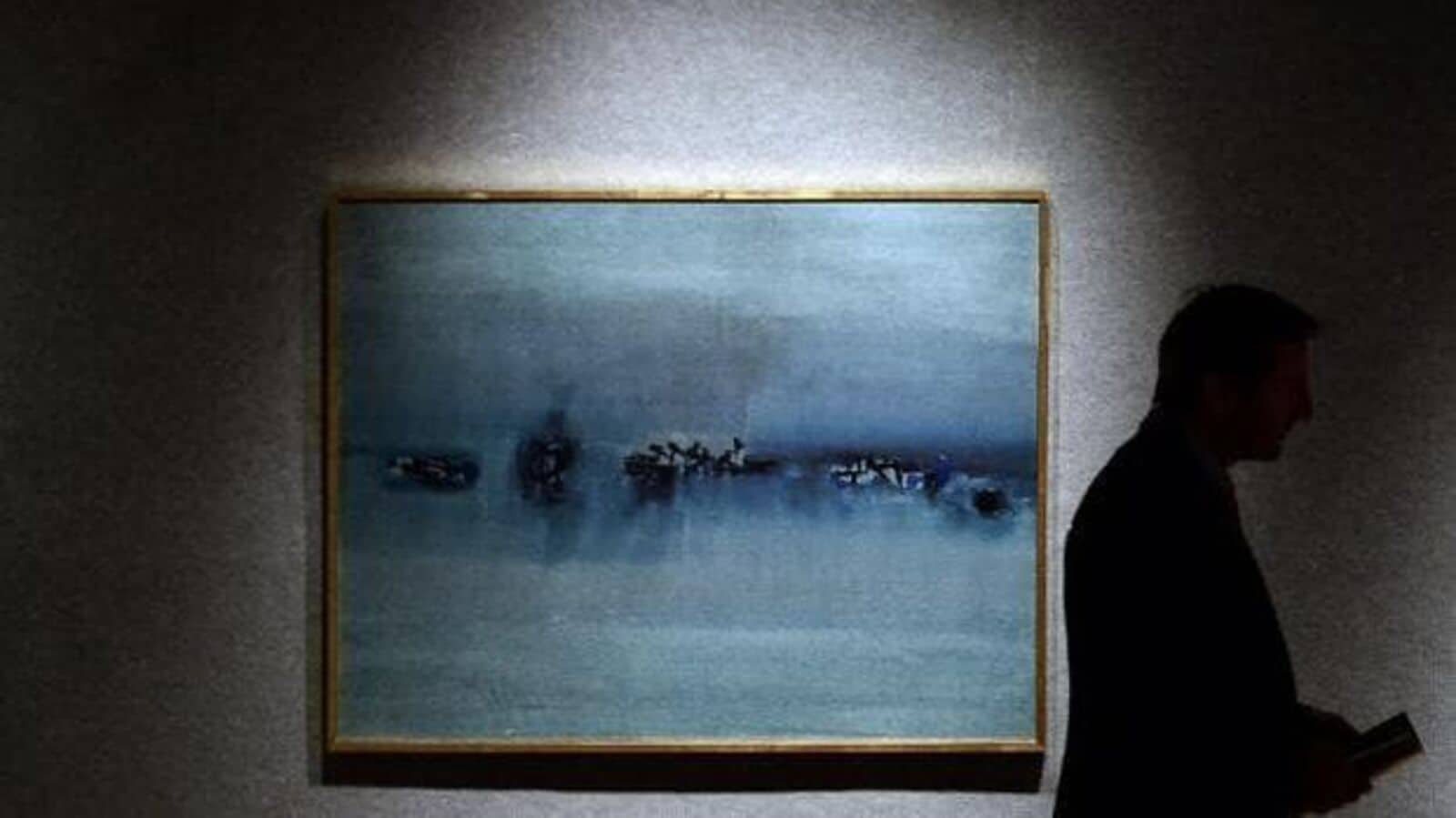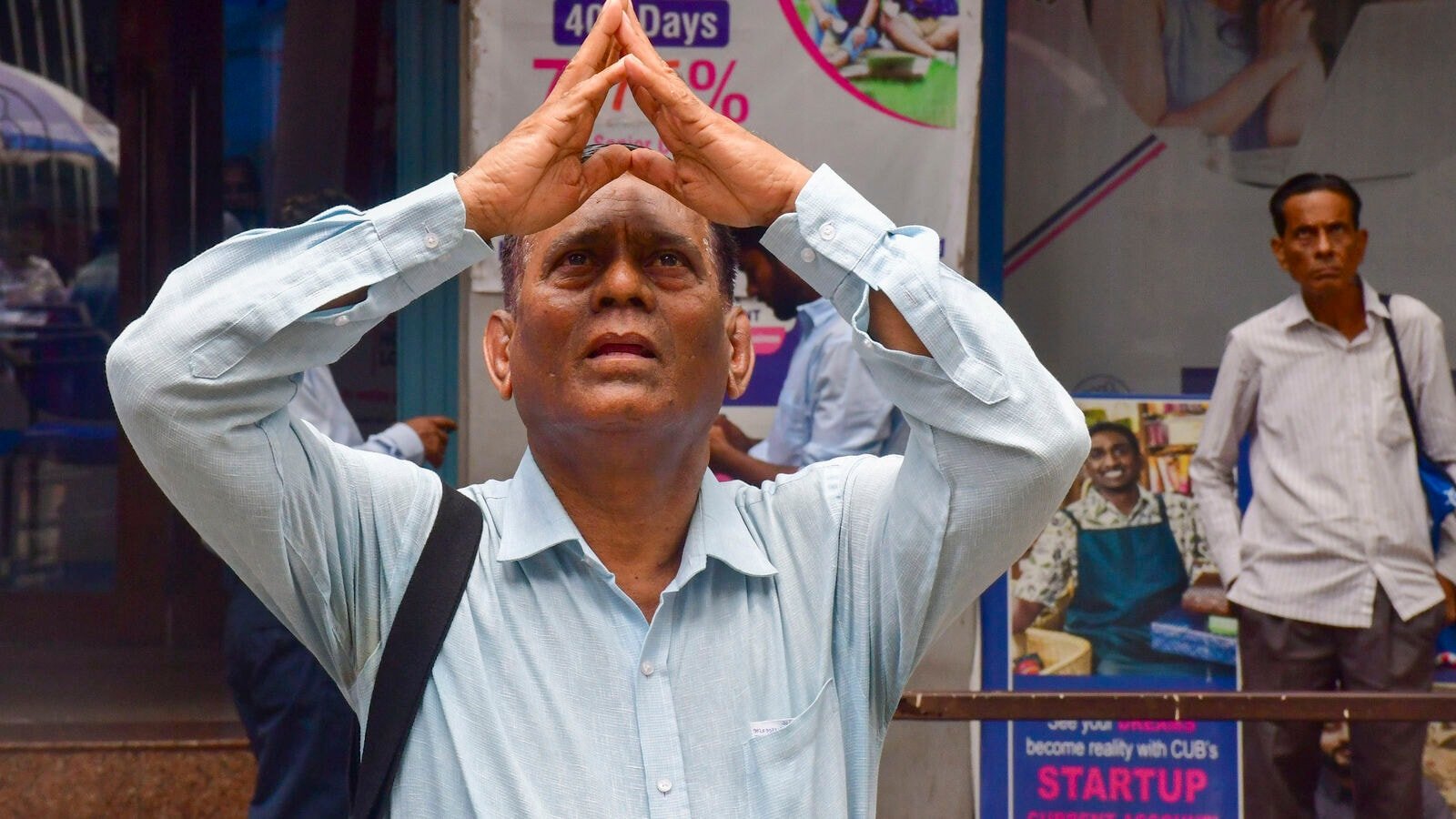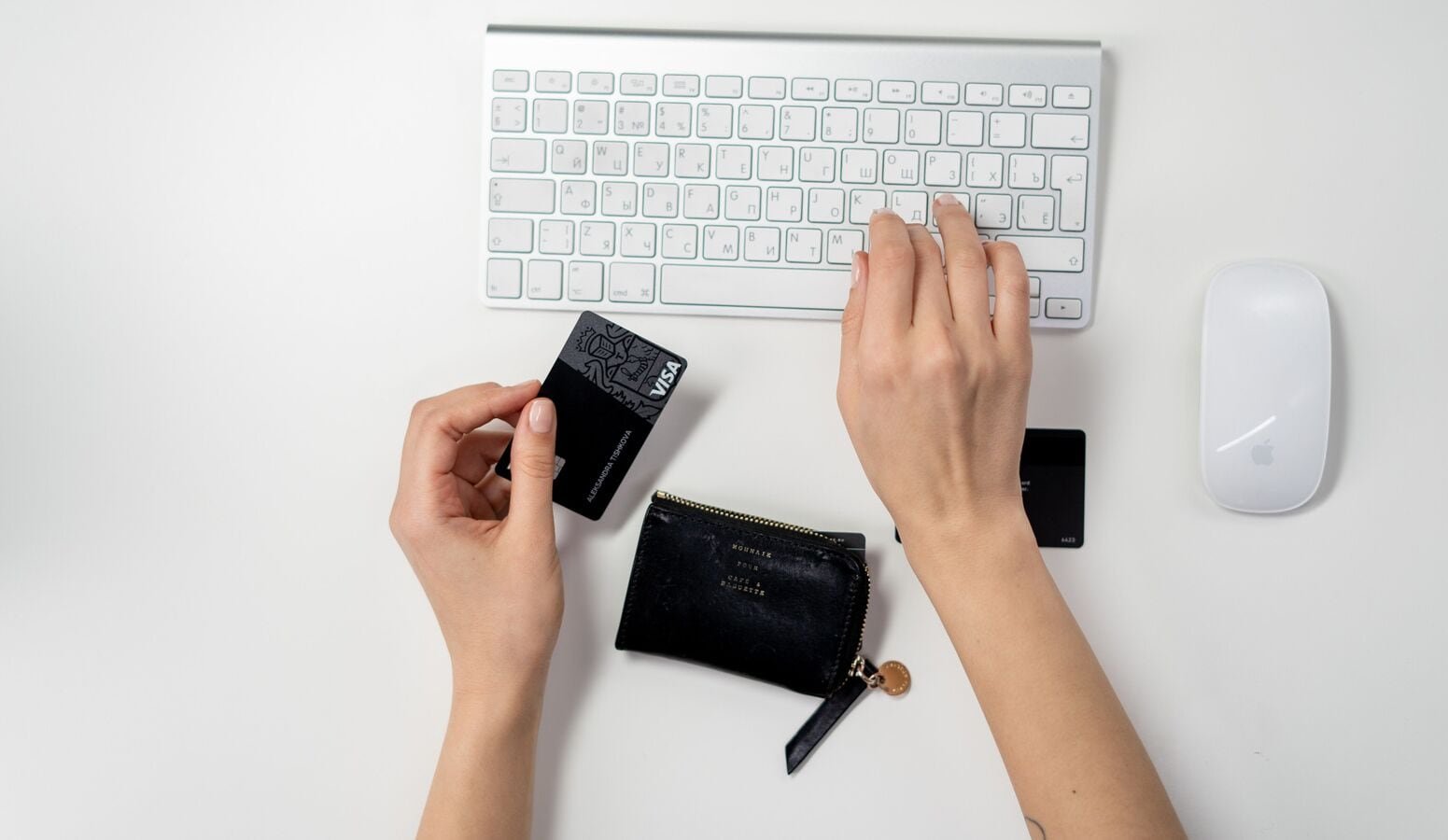The IIMA-Aura Art Indian Art Index (IAIAI) has hit an all time high of 4,300 as investors take a fancy to artworks after a huge bull run in equity markets.
The index, launched in November 2022 by the Indian Institute of Management at Ahmedabad in collaboration with Mumbai-based Aura Art, seeks to measure the demand for Indian artworks and adjusts for factors such as a single piece fetching a huge sum, the medium (water- or oil-based paints), and the size of the painting.
Also read: Investing in art? Check out this IIM Ahmedabad index
Asked why this was happening now, Rishiraj Sethi, director, Aura Art Development Pvt Ltd, said, “Art prices always lag equity markets by a few months or years. Equity typically goes up on expected earnings and wealth generated from this feeds demand for art.” Professor Prashant Das of IIMA, however, said he didn’t have a view on why art prices were rising as he was only involved in creating and maintaining the index.
What maimed the art market?
Whatever the reason, there’s no denying that investor interest in India’s art market is growing again after years of stagnation. After hitting an all-time high in 2006 (based on historical data), the index stagnated for years and took about 16 years to get back to that level.
Also read: Is the Indian art market on an upward curve?
Sethi from Aura Art said this was because several art funds were launched around the same time in 2006, and collectively poured more than ₹250 crore into the still-nascent market, worth about ₹1,000 crore at a time, thus inflating prices.
The global financial crisis of 2008 also took a huge toll on these funds, which eventually had to be wound down as they were not registered with markets regulator Sebi as a collective investment scheme. Currently, there are no funds in India that invest in Indian art.
“These funds were not structured to suit the requirements of art as an asset. They had high distribution, impact and holding costs, and should have had much longer durations than five to six years as long-term returns from art could have helped them absorb these costs better,” said Sethi.
Will history repeat itself?
While the art index stagnated from 2006 to 2022, Indian equities grew nearly four-fold over the same period. Despite this, the IAIAI delivered 17% compounded annualised returns between 1 April 2001 and 30 June 2022, while the Nifty 50 delivered 13% over the same period.
On whether art investments were in for another period of stagnation, with the index at a new all-time high, Sethi said this was unlikely and that he believed the index would hold its ground and rise further going forward.
Asked why, he said, “The creation of a secondary market for art in India in 2000 led to a surge in excitement which, coupled with the global liquidity-driven bull run from 2003 to 2008, catapulted most assets to heady valuations.
“Fast forward to 2024 and the Indian art market has consolidated quite well over the past decade. It has become much more broad-based, with increasing wealth and growth in luxury real estate. Add to this India’s growing soft power on the global stage and it looks like the art market has plenty of room to grow this time around.”
Also read: Indian art market growing. Collectibles worth $183 million were sold in 2023




